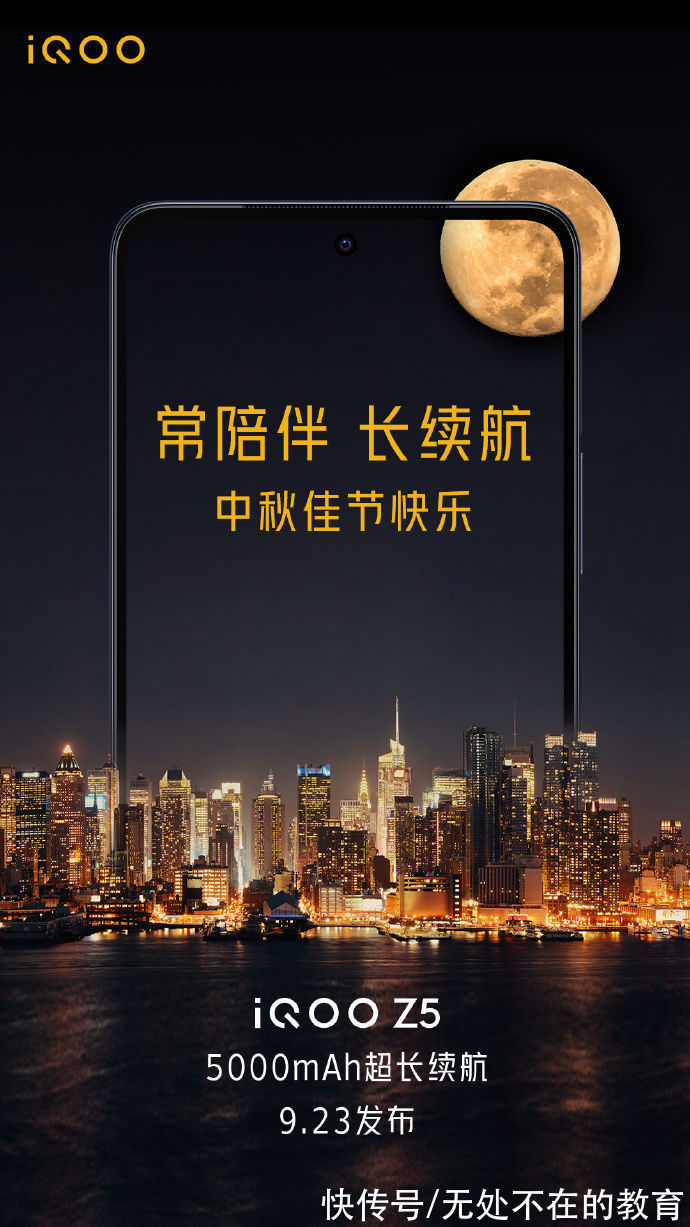本文概述
- 目标检测的应用
- 对象检测工作流程
- 环境设置
目标检测的应用

文章图片
面部识别:
一组研究人员在Facebook上开发了一种称为” Deep Face” 的深度学习面部识别系统, 该系统可以非常有效地识别数字图像中的人脸。 Google相册, 可根据图片中的人物自动分离所有图片。人脸识别涉及很多组件, 例如脸, 鼻子, 嘴和眉毛。

文章图片
工业质量检查:
在工业过程中也使用对象检测来识别产品。通过目视检查找到特定对象是一项重要任务, 涉及多个工业流程, 例如库存管理, 机加工, 质量管理, 包装, 分类等。
库存管理非常棘手, 因为很难实时跟踪商品。自动定位和对象计数可以提高库存准确性。

文章图片
无人驾驶汽车:
无人驾驶汽车是未来的汽车。但是工作方面非常棘手, 因为它结合了多种技术来感知其大气, 包括雷达, 激光, GPS, 里程表和计算机视觉。
有先进的控制系统可以解释感官信息以识别适当的导航路径以及障碍物。一旦图像传感器以其方式检测到任何生物迹象, 它就会自动停止。这发生得很快, 是向无人驾驶汽车迈出的一大步。

文章图片
人数统计:
对象检测可用于人数统计, 可用于分析节日期间商店的业绩或人群人数。随着人们快速移出框架, 它往往会变得更加困难。
这是人群聚集过程中的关键应用。此功能可用于多种用途。

文章图片
对象检测工作流程 每种对象检测算法都在不同的教学中起作用, 但是它们都在相同的原理上起作用。
特征提取:他们从手边的输入图像中提取特征, 并使用这些特征确定图片的类别。通过Mat Lab, Open CV, Viola-Jones或深度学习进行。

文章图片
先决条件
- python
- TensorFlow
- 张量板
- Protobuf v3.4或更高版本
完成命令
import numpy as npimport osimport zipfileimport six.moves.urllib as urllibimport sysimport tarfileimport tensorflow as tffrom collections import defaultdictfrom matplotlib import pyplot as pltfrom PIL import Imagefrom io import StringIO import cv2cap = cv2.VideoCapture(0) sys.path.append("..")from utils import visualization_utils as vis_utilfrom utils import label_map_util MODEL_NAME = 'ssd_mobilenet_v1_coco_11_06_2017'MODEL_FILE = MODEL_NAME + '.tar.gz'DOWNLOAD_BASE = '<
a href="http://download.tensorflow.org/models/object_detection/">
http://download.tensorflow.org/models/object_detection/<
/a>
' # Here, the path to frozen detection graph. PATH_TO_CKPT = MODEL_NAME + '/frozen_inference_graph.pb' # Here, list of the strings that are used to add a correct label for every box.PATH_TO_LABELS = os.path.join('data', 'mscoco_label_map.pbtxt') NUM_CLASSES = 90 opener = urllib.request.URLopener()opener.retrieve(DOWNLOAD_BASE + MODEL_FILE, MODEL_FILE)tar_file = tarfile.open(MODEL_FILE)for file in tar_file.getmembers():file_name = os.path.basename(file.name)if 'frozen_inference_graph.pb' in file_name:tar_file.extract(file, os.getcwd()) detection_graph = tf.Graph()with detection_graph.as_default():od_graph_def = tf.GraphDef()with tf.gfile.GFile(PATH_TO_CKPT, 'rb') as fid:serialized_graph = fid.read()od_graph_def.ParseFromString(serialized_graph)tf.import_graph_def(od_graph_def, name='') label_map = label_map_util.load_labelmap(PATH_TO_LABELS)categories =label_map_util.convert_label_map_to_categories(label_map, max_num_classes=NUM_CLASSES, use_display_name=True)category_index = label_map_util.create_category_index (categories) with detection_graph.as_default():with tf.Session(graph=detection_graph) as sess:while True:ret, image_np = cap.read()# Expanding the dimensions since the model expects images into the shape: [1, None, None, 3]image_np_expanded = np.expand_dims(image_np, axis=0)image_tensor = detection_graph.get_tensor_by_name('image_tensor:0')# Every box representing a part of the image where a particular object was detected.boxes = detection_graph.get_tensor_by_name('detection_boxes:0')scores = detection_graph.get_tensor_by_name('detection_scores:0')classes = detection_graph.get_tensor_by_name('detection_classes:0')num_detections = detection_graph.get_tensor_by_name('num_detections:0')#.(boxes, scores, classes, num_detections) = sess.run([boxes, scores, classes, num_detections], feed_dict={image_tensor: image_np_expanded})# Visualization of the results through detection.vis_util.visualize_boxes_and_labels_on_image_array(image_np, np.squeeze(boxes), np.squeeze(classes).astype(np.int32), np.squeeze(scores), category_index, use_normalized_coordinates=True, line_thickness=8) cv2.imshow('object detection', cv2.resize(image_np, (800, 500))) if cv2.waitKey(0) &
0xFF == ord('q'):cv2.destroyAllWindows()break【TensorFlow对象检测实例分析详解】输出-

文章图片
推荐阅读
- TensorFlow音频识别项目实例分析
- 样式转换的工作原理详细实例图解
- qq宠物怎样删除,本文教您电脑如何删除qq宠物
- 局域网共享设置软件,本文教您局域网共享软件
- 手机连接电脑,本文教您手机连接电脑只显示充电怎样办
- 电脑怎样定时关机,本文教您电脑win7怎样定时关机
- window7激活工具,本文教您激活工具如何激活win7
- 电脑没声音怎样弄,本文教您处理电脑没声音
- 飞行堡垒uefi装win7,本文教您华硕飞行堡垒uefi怎样装win7












